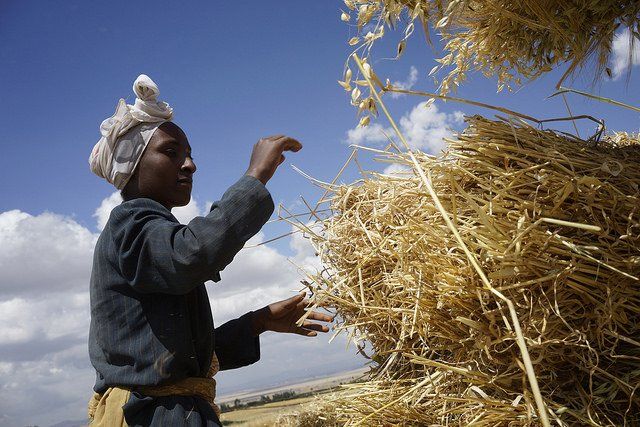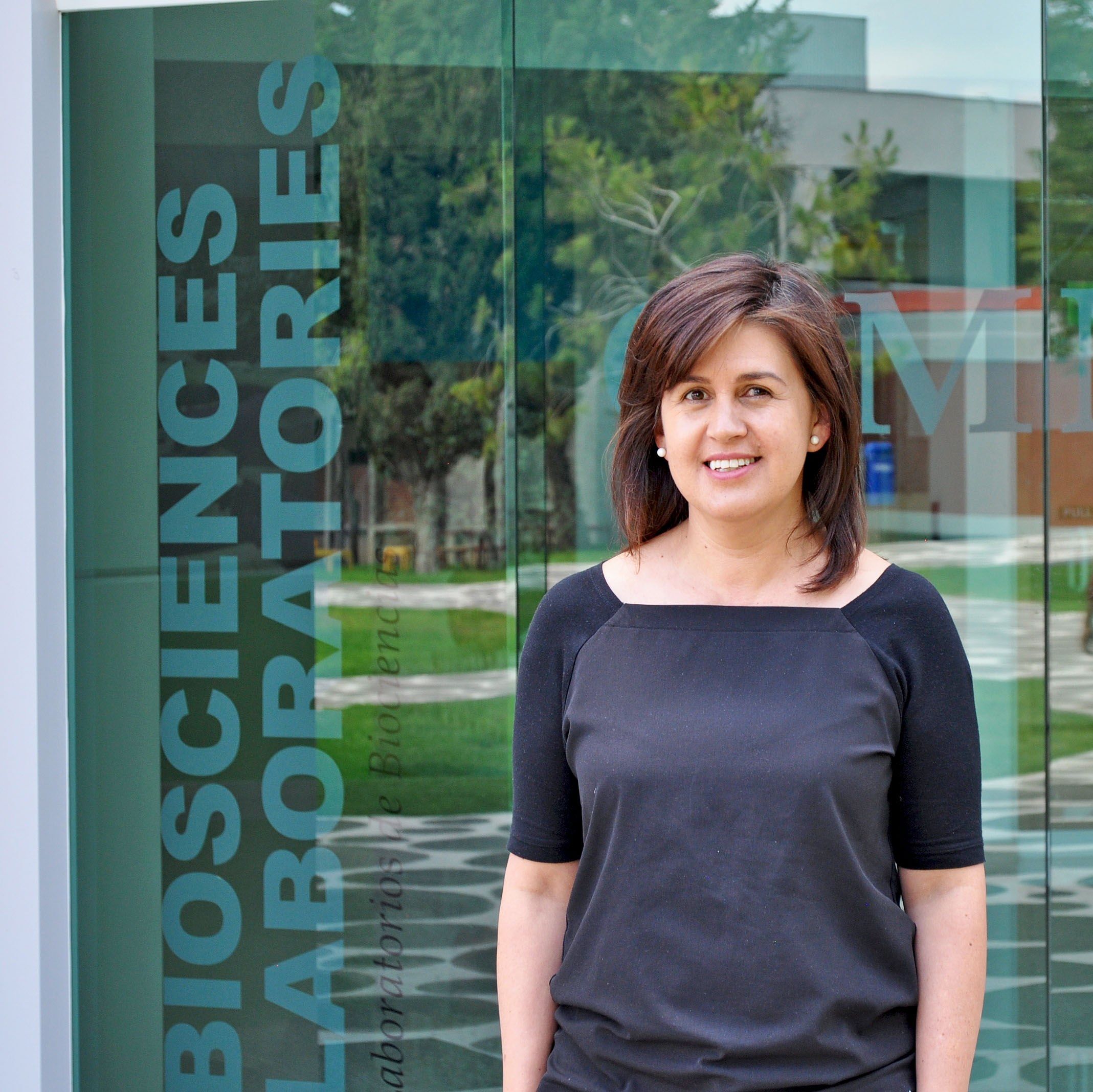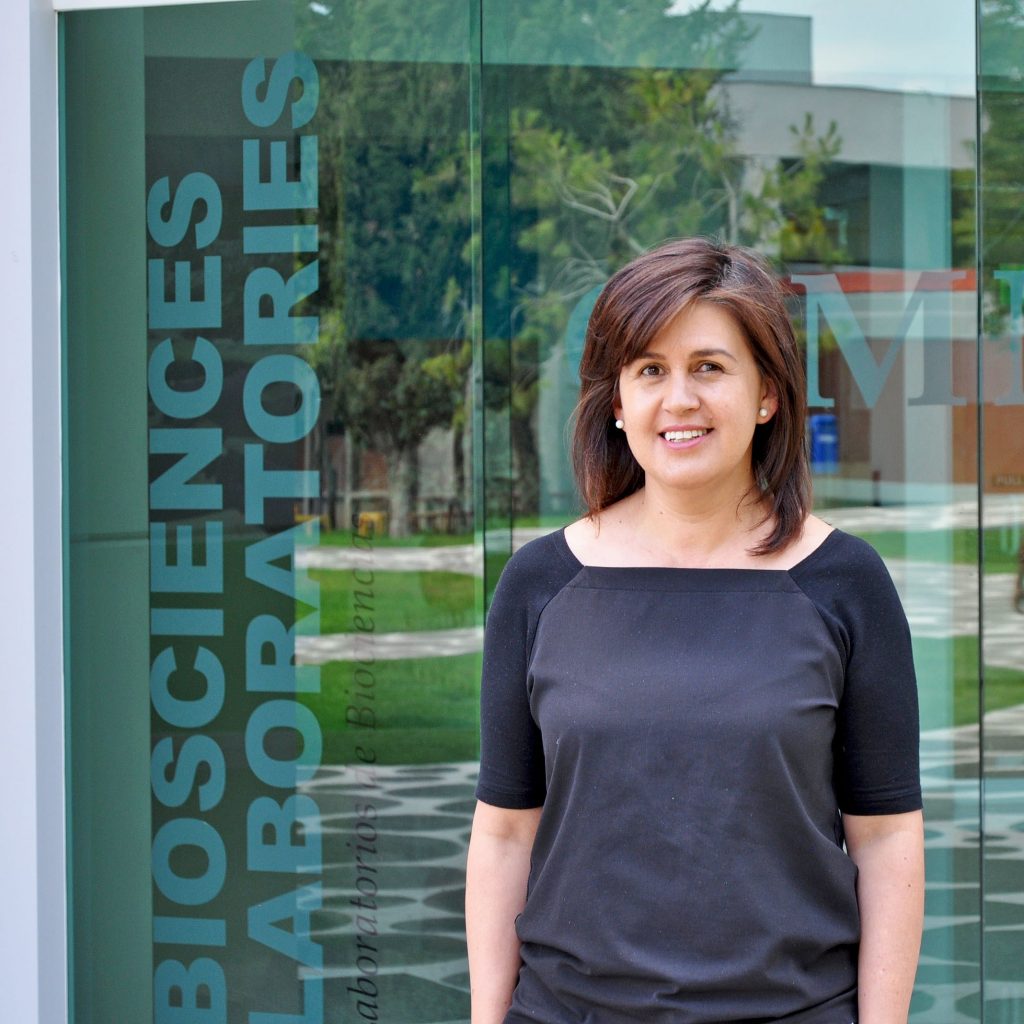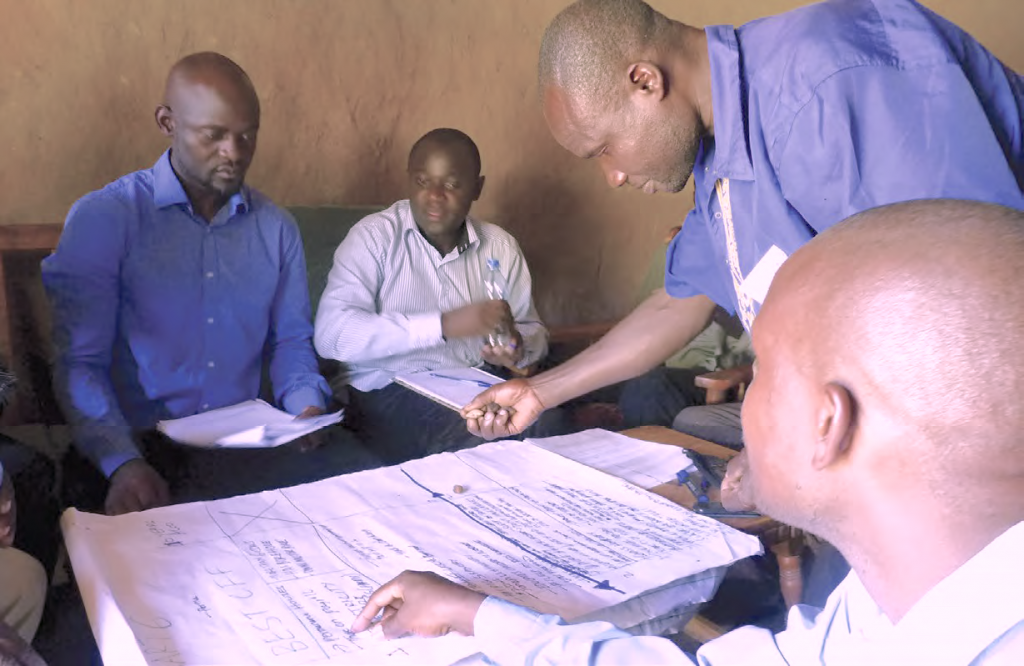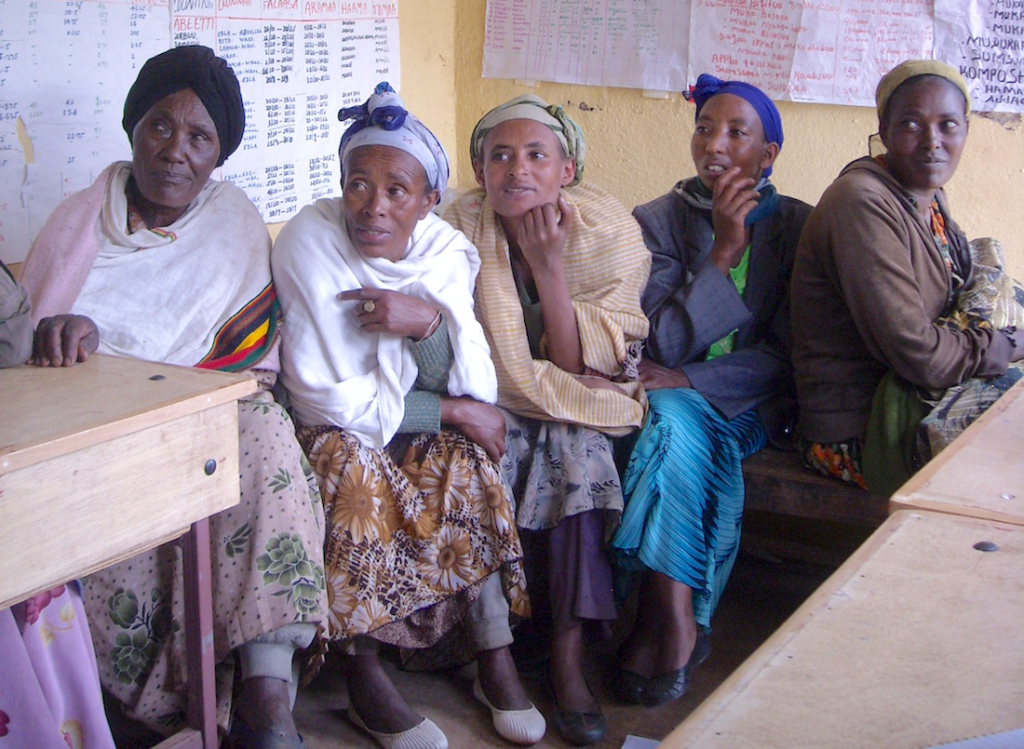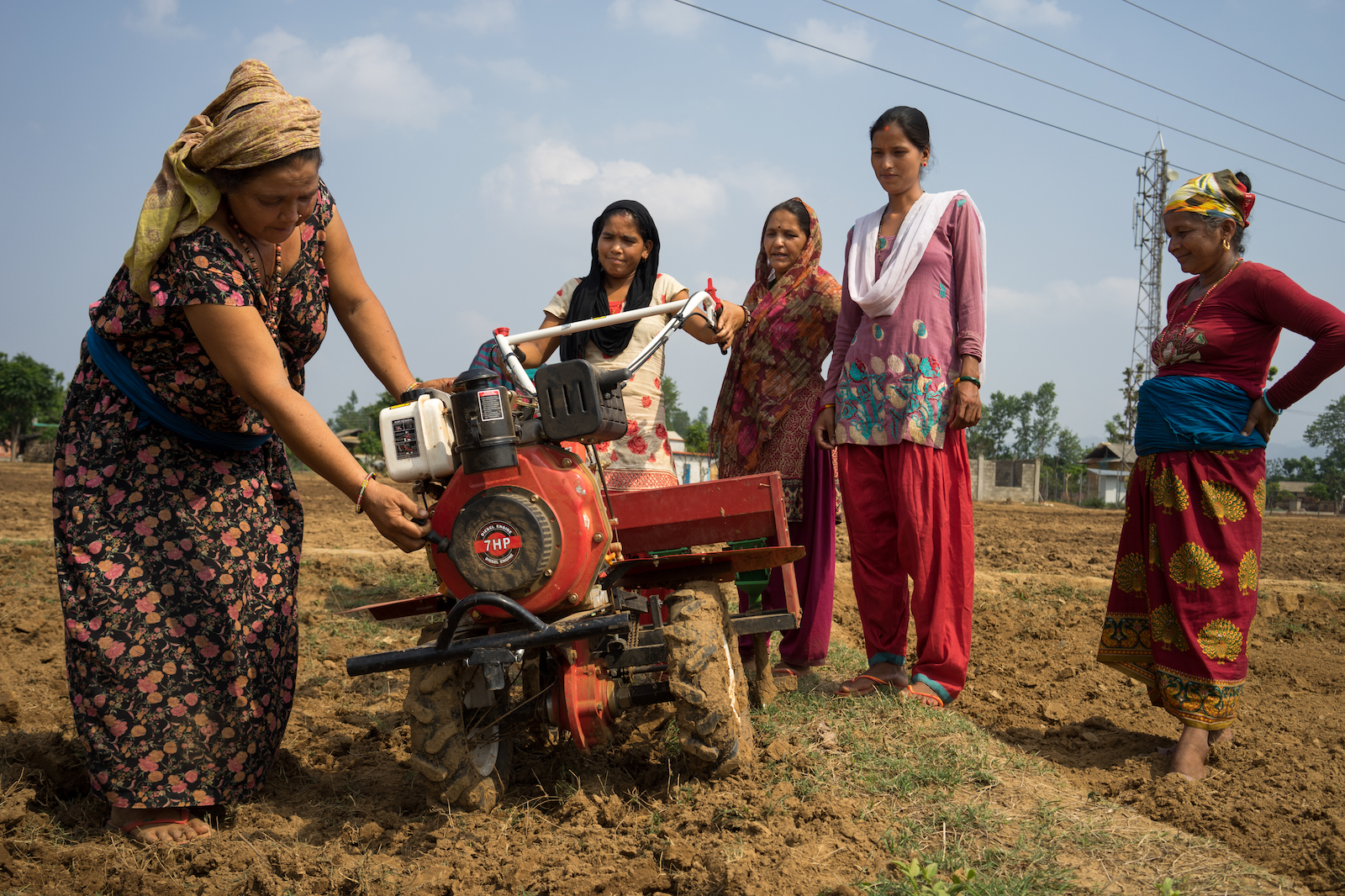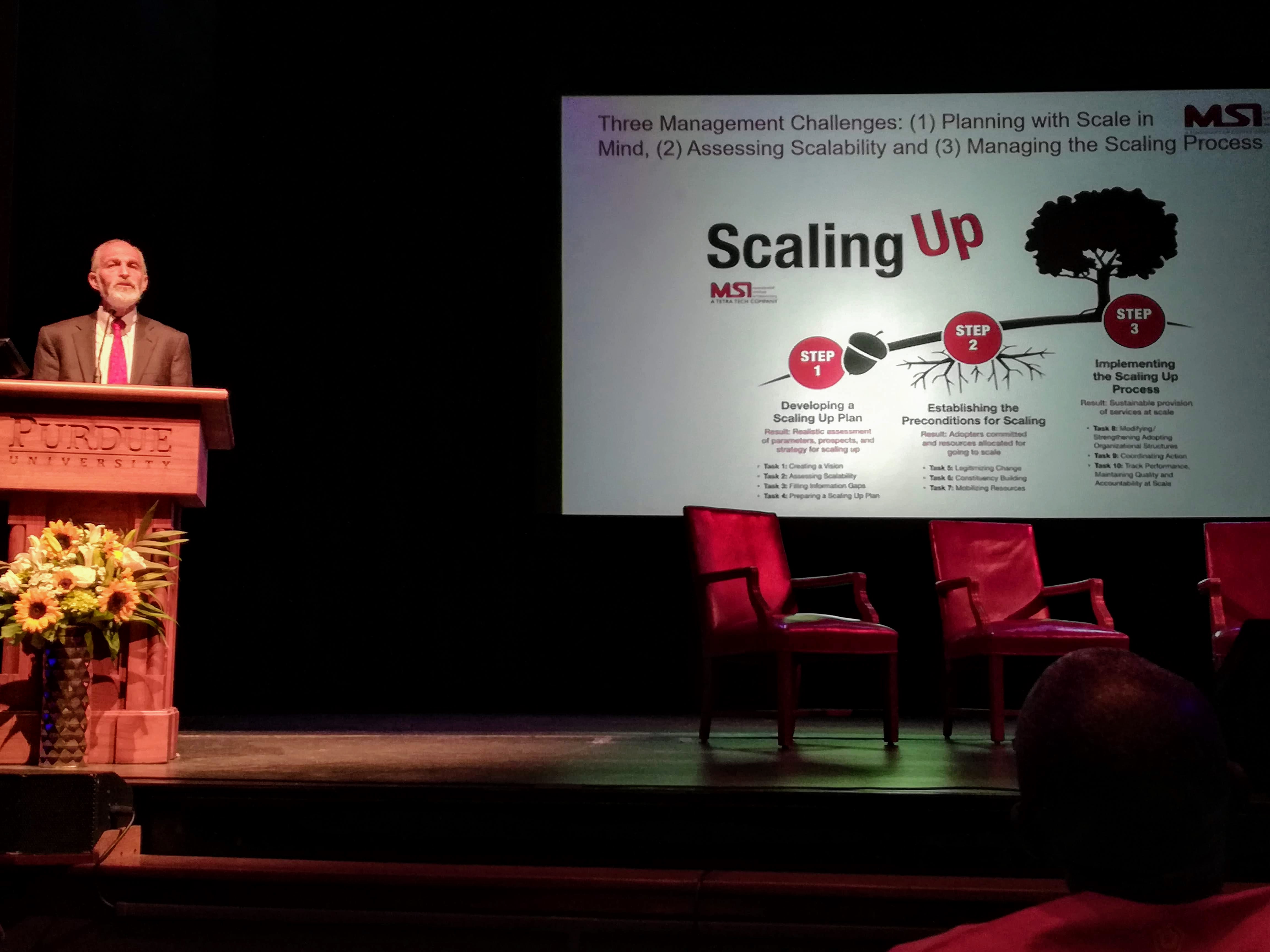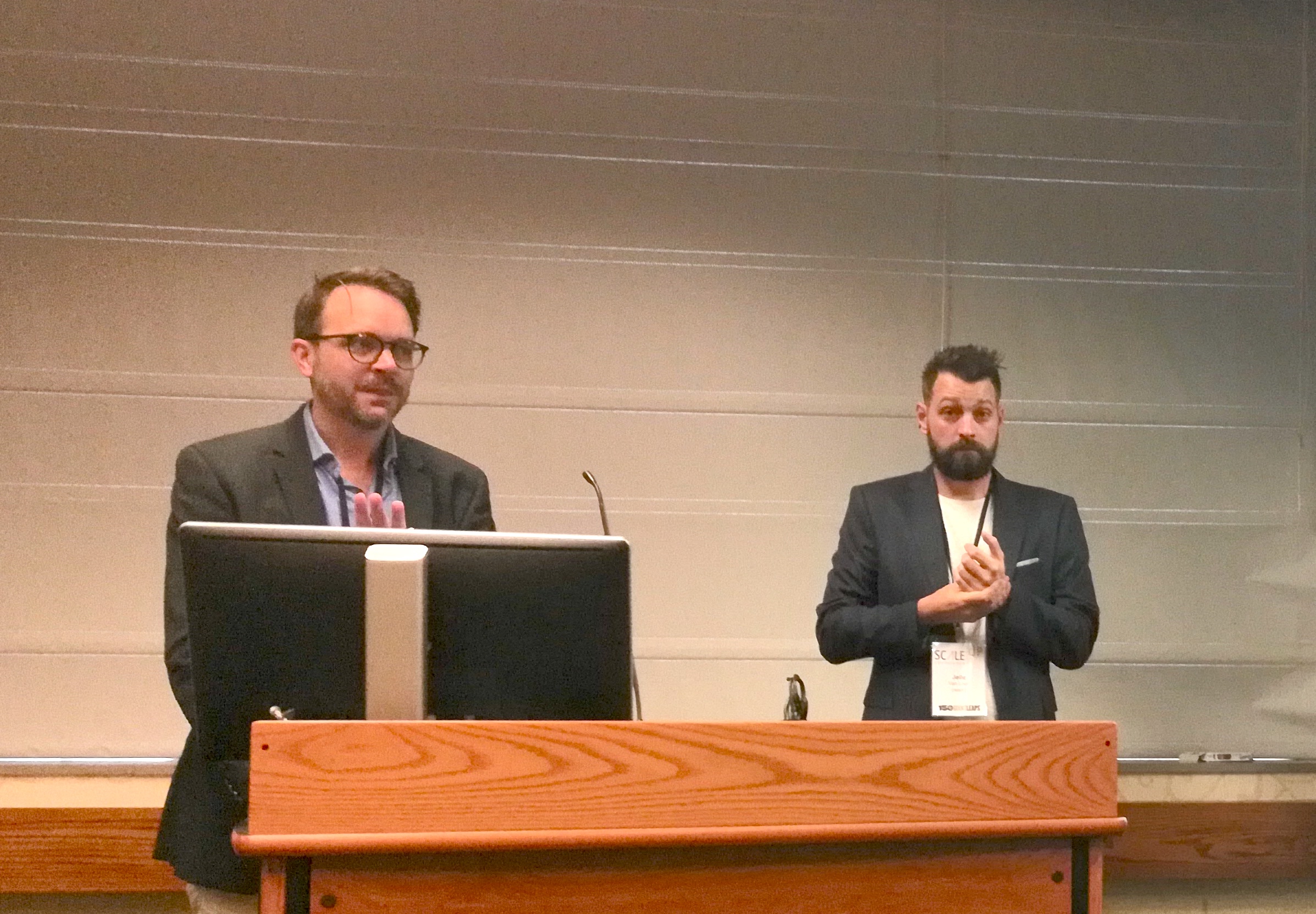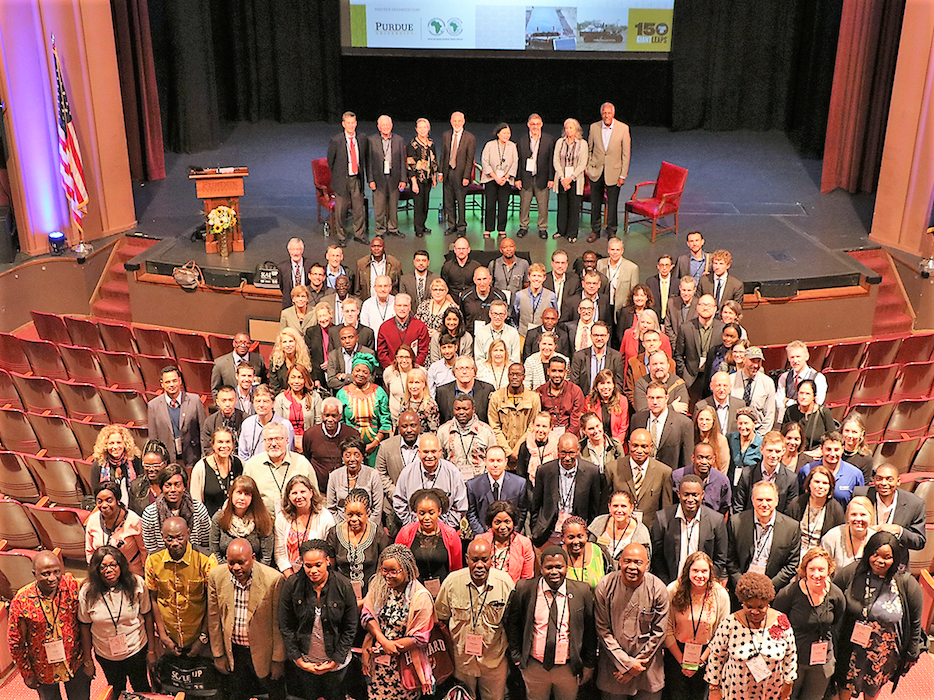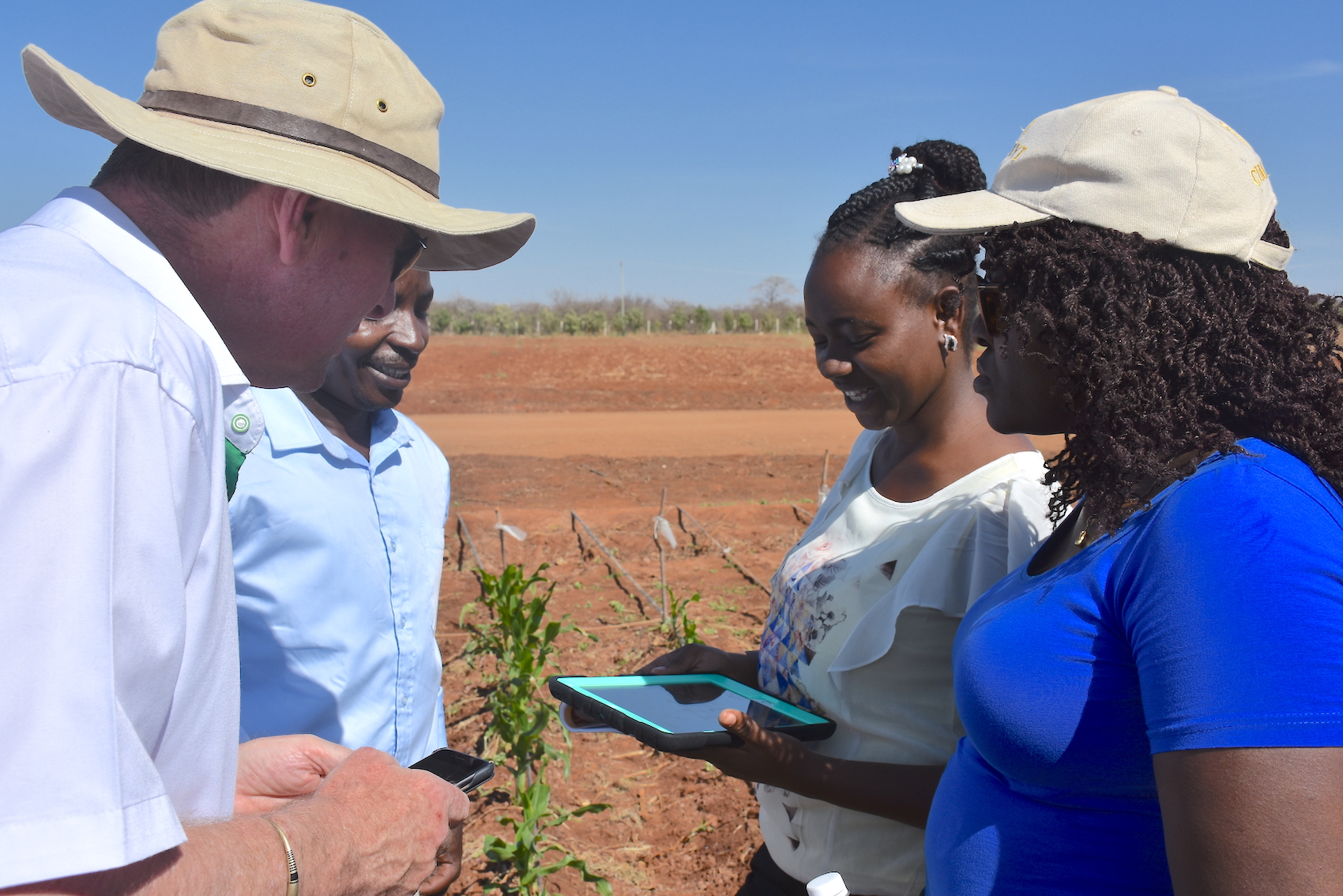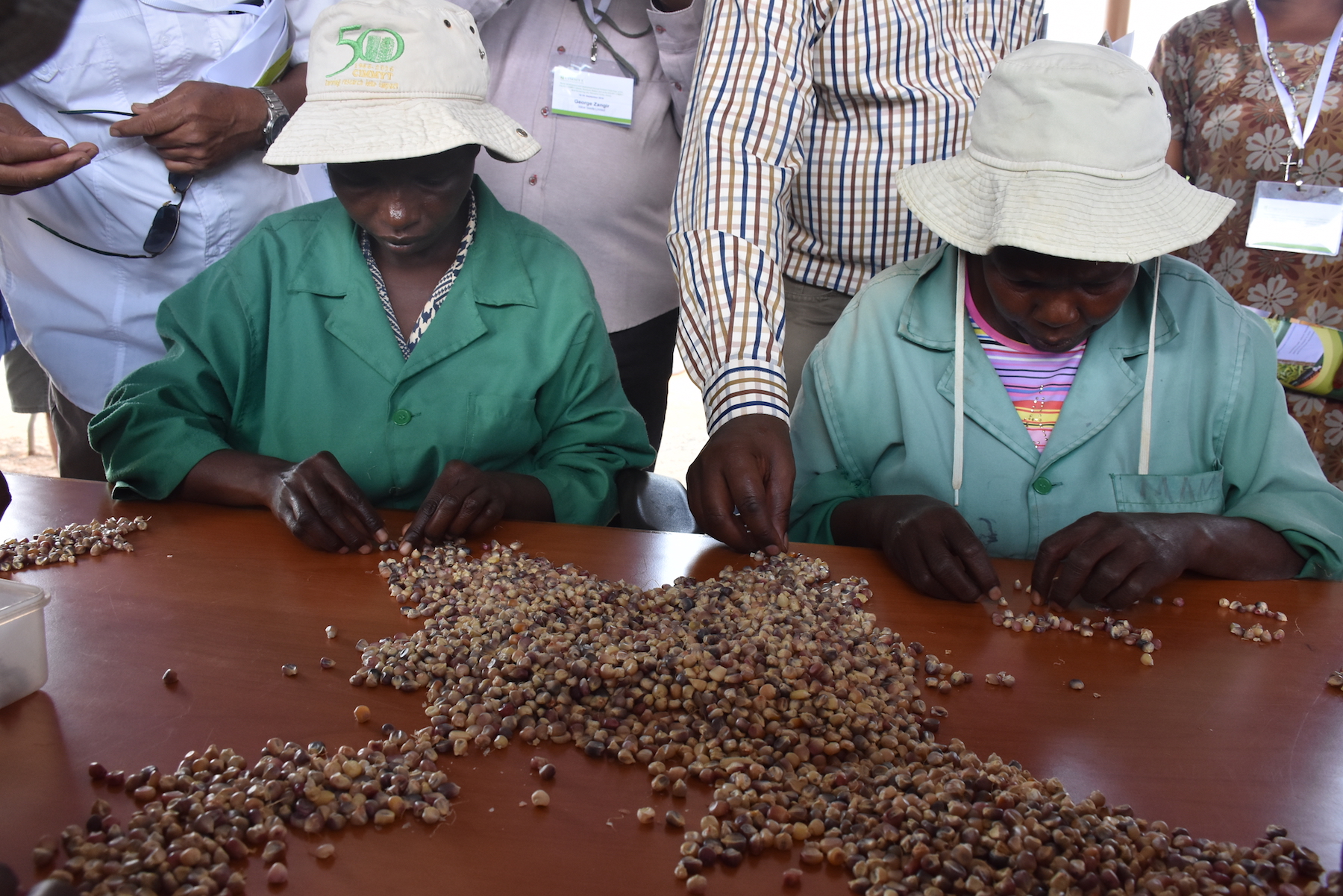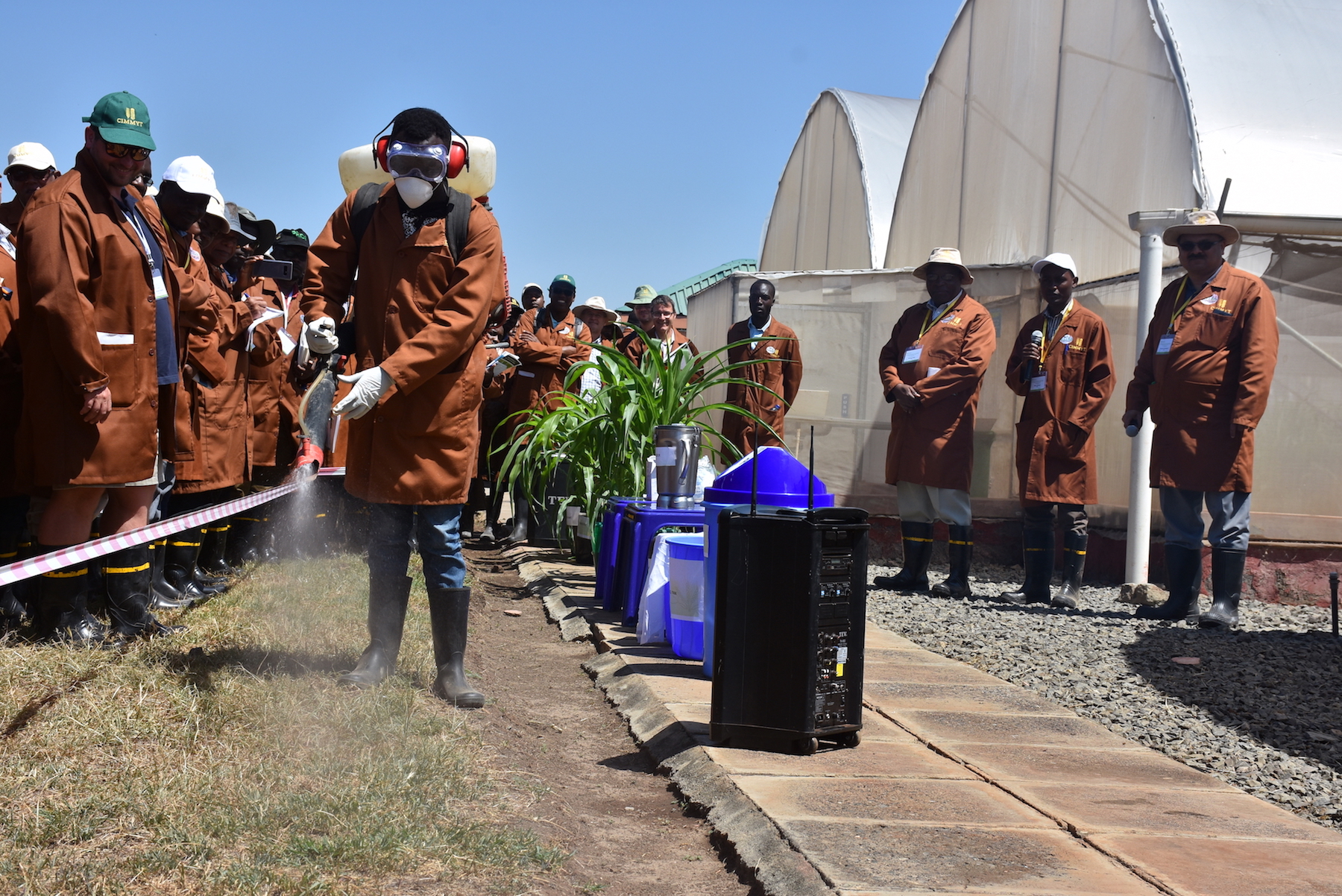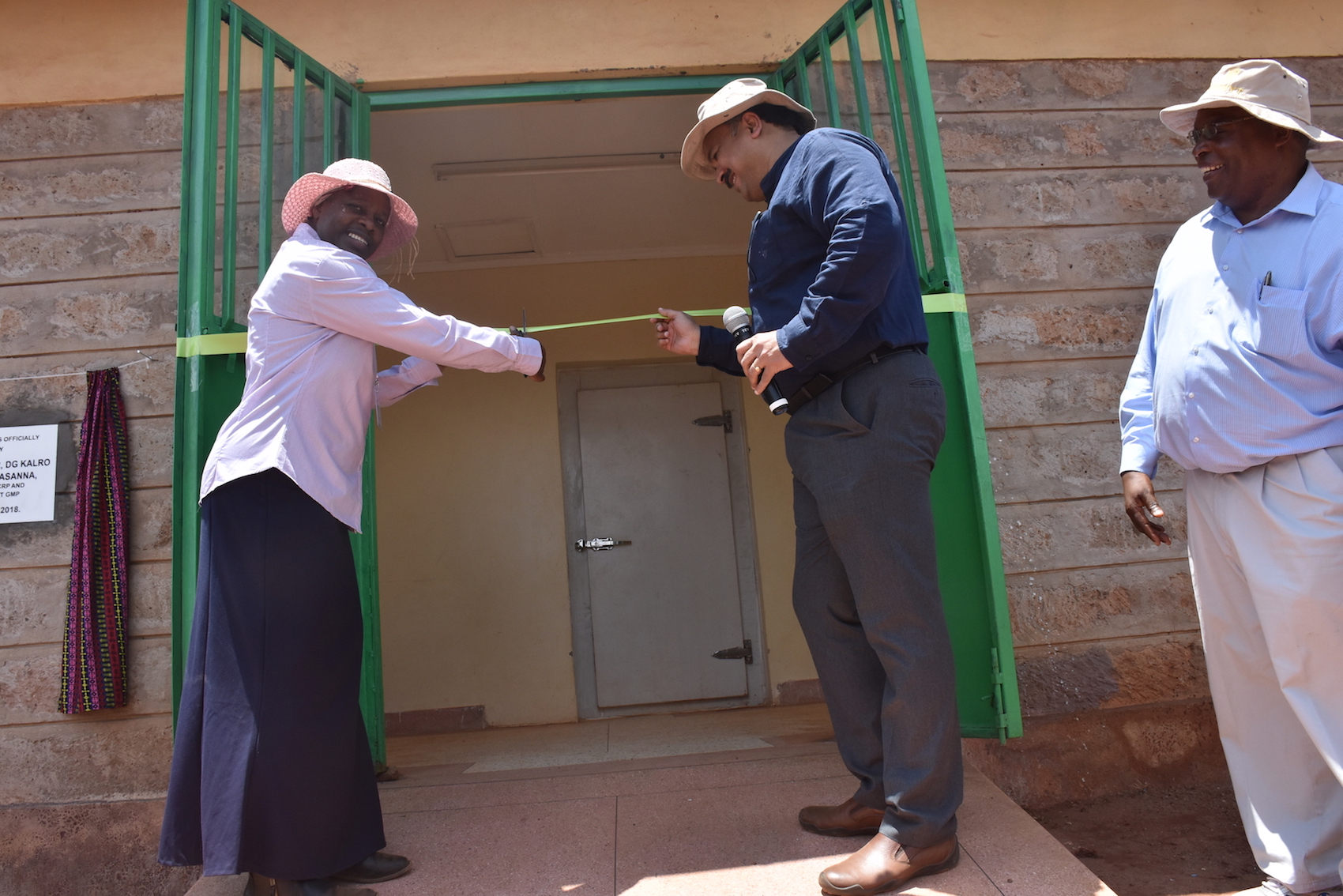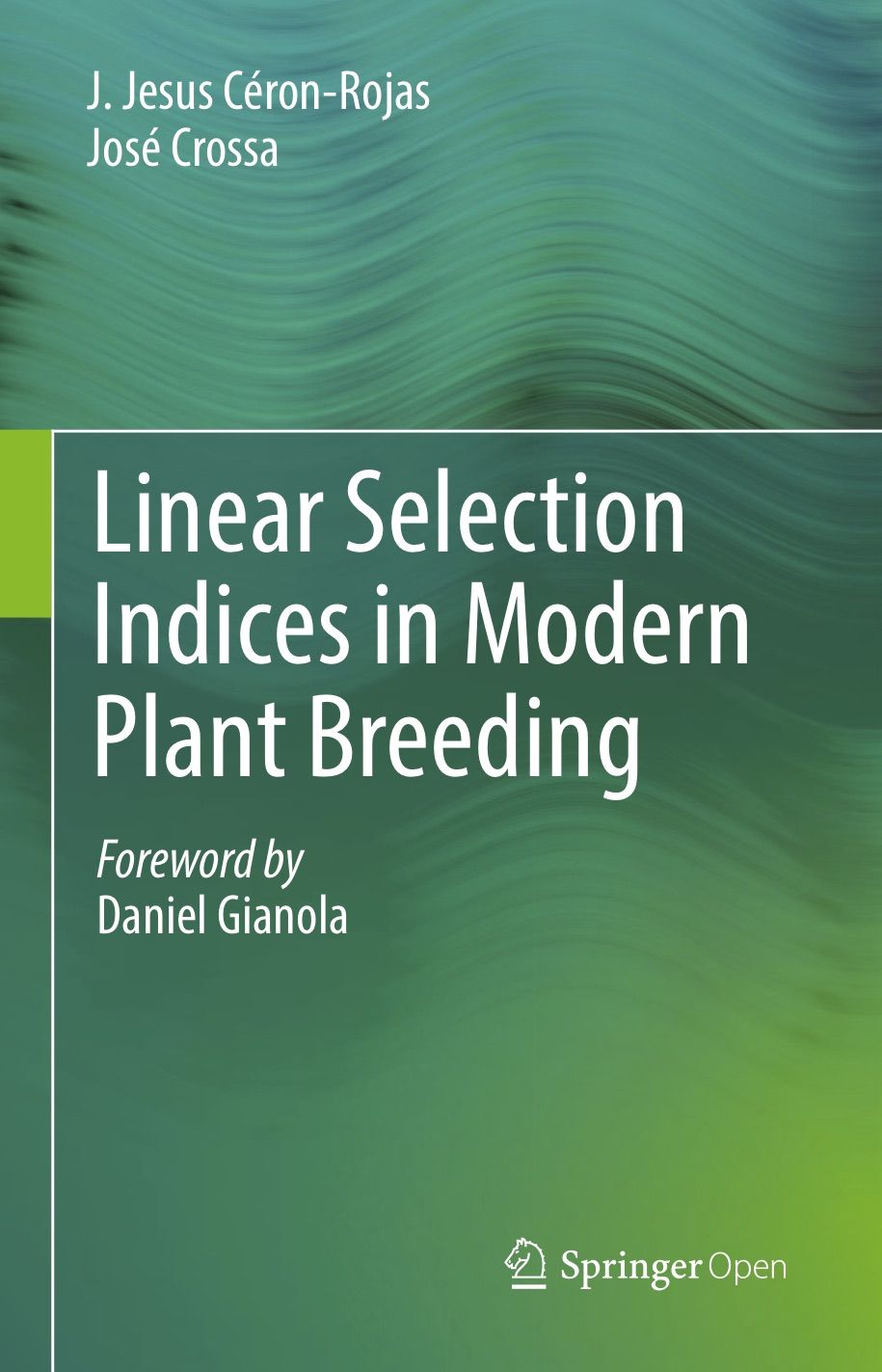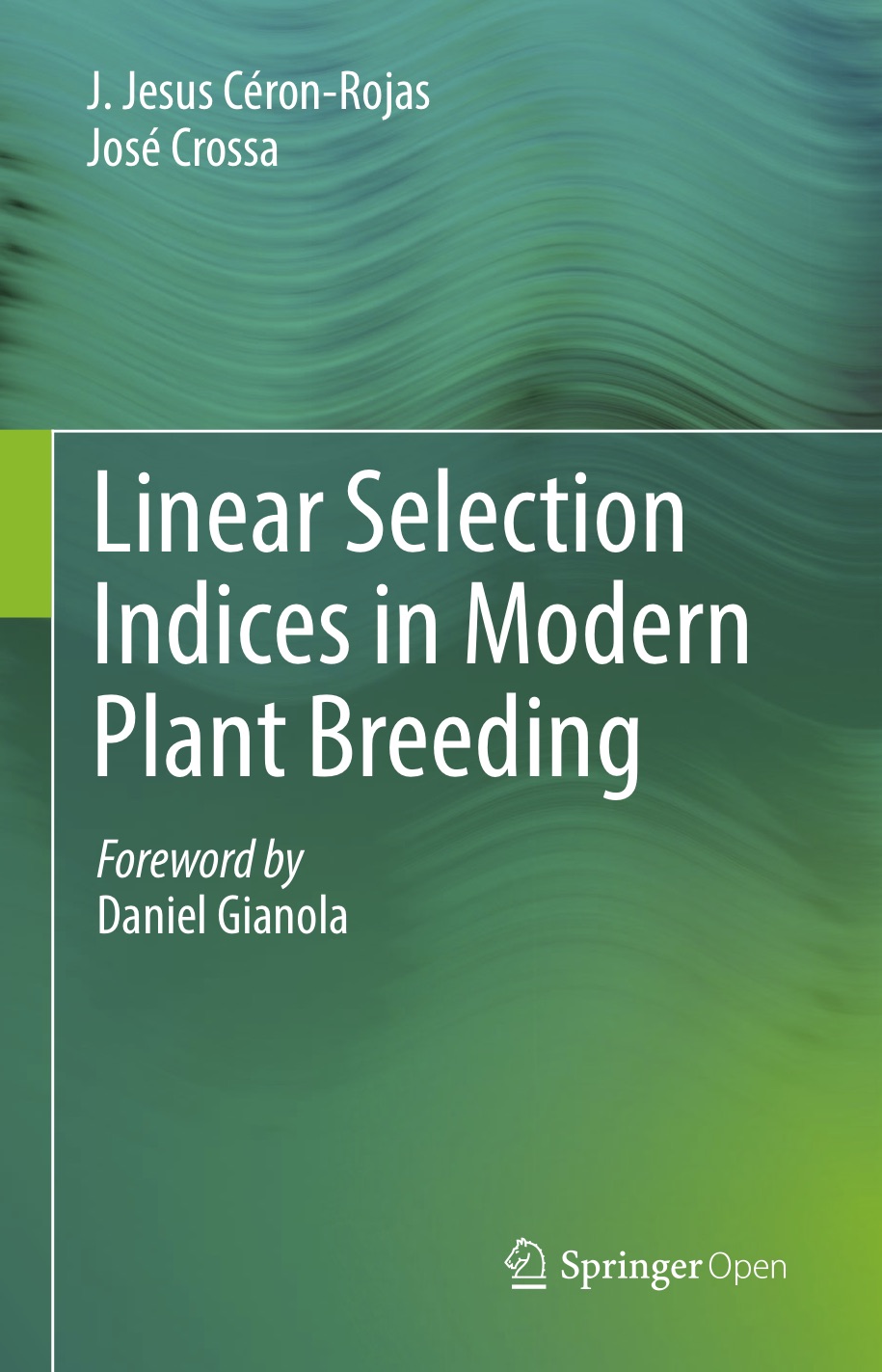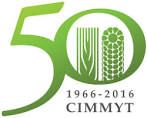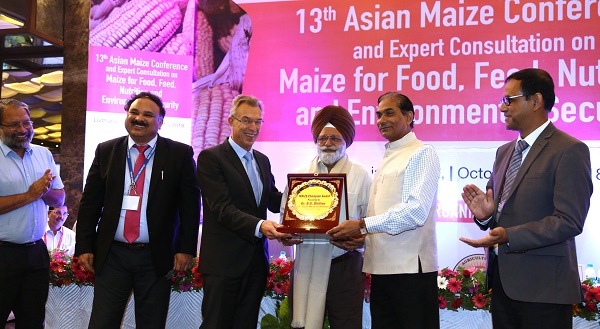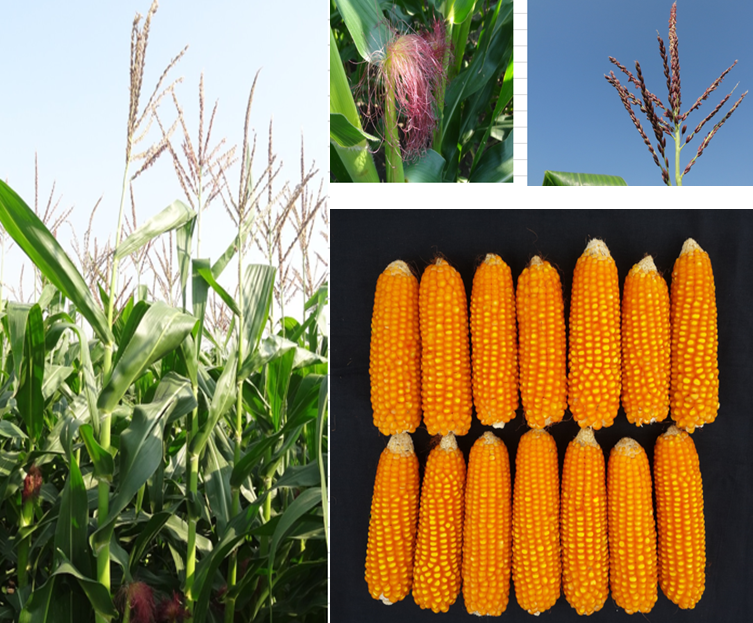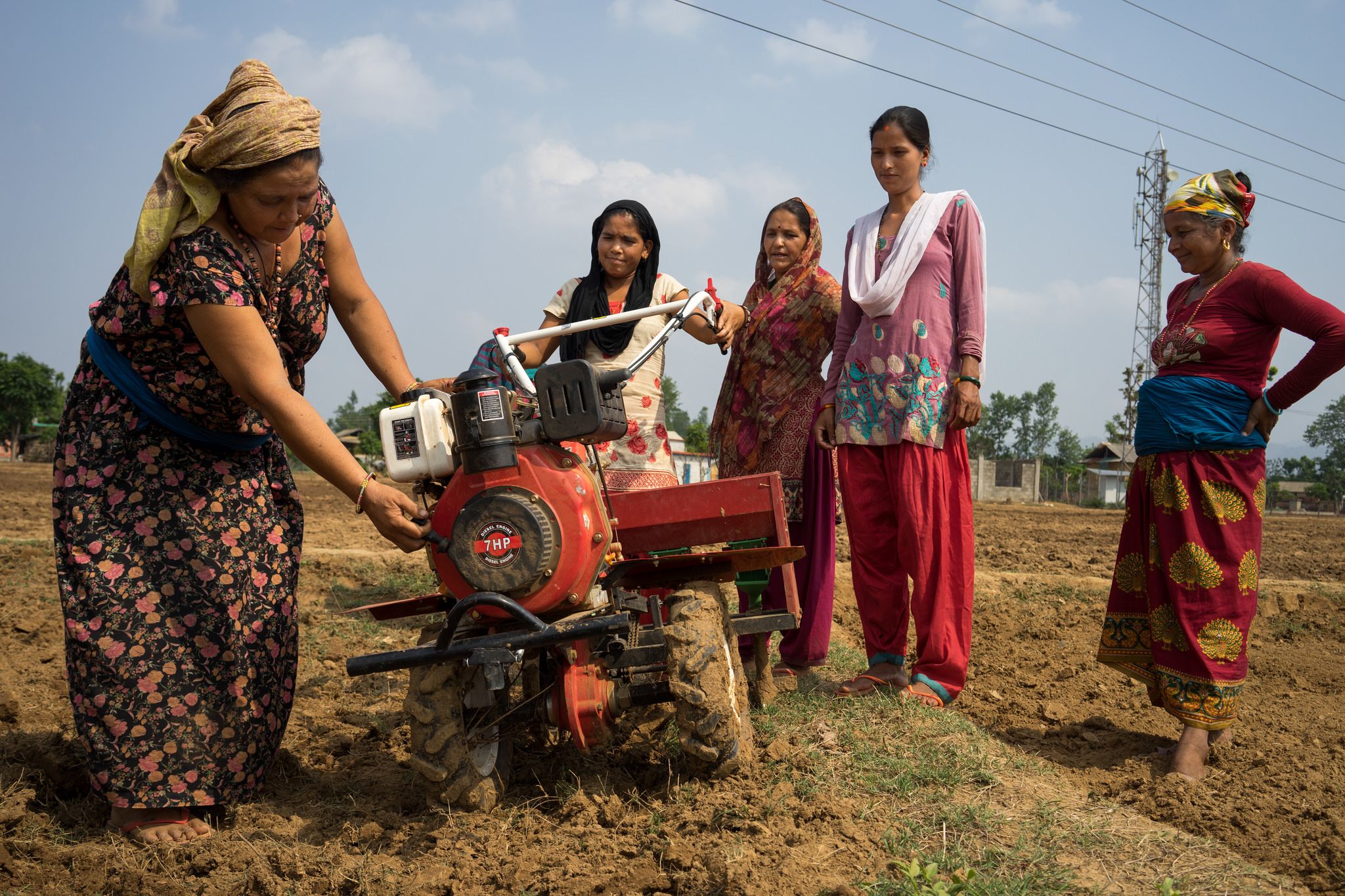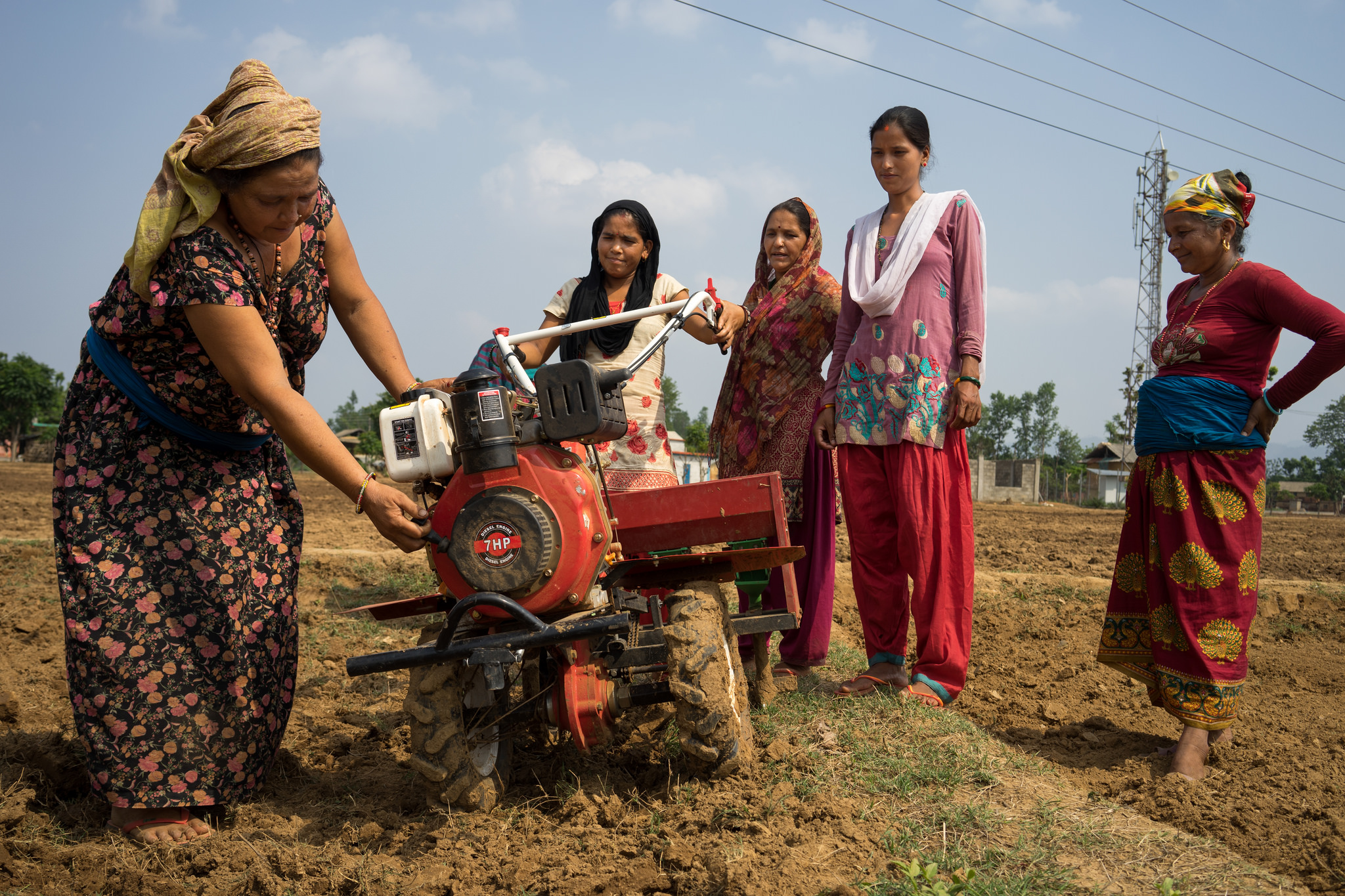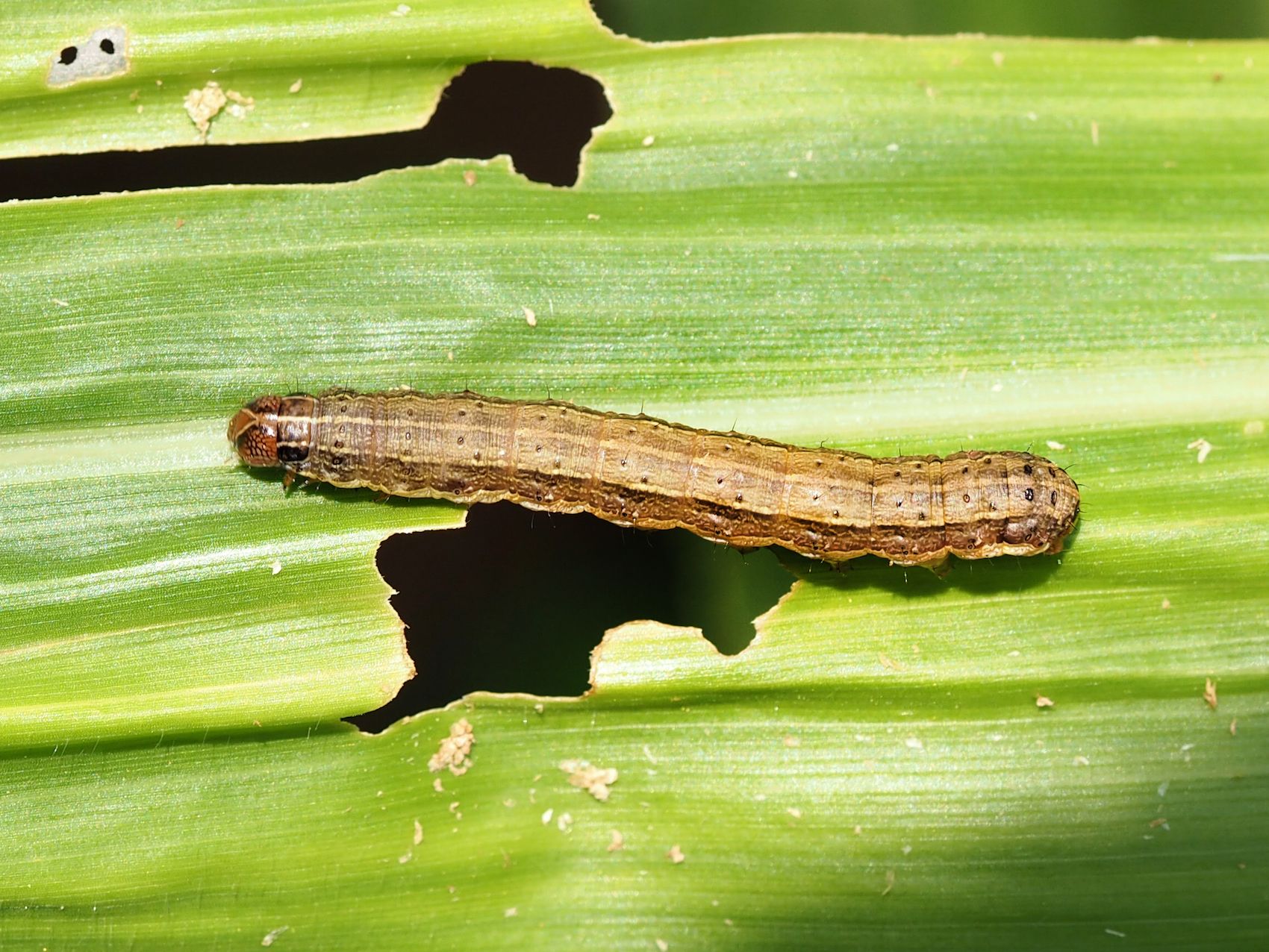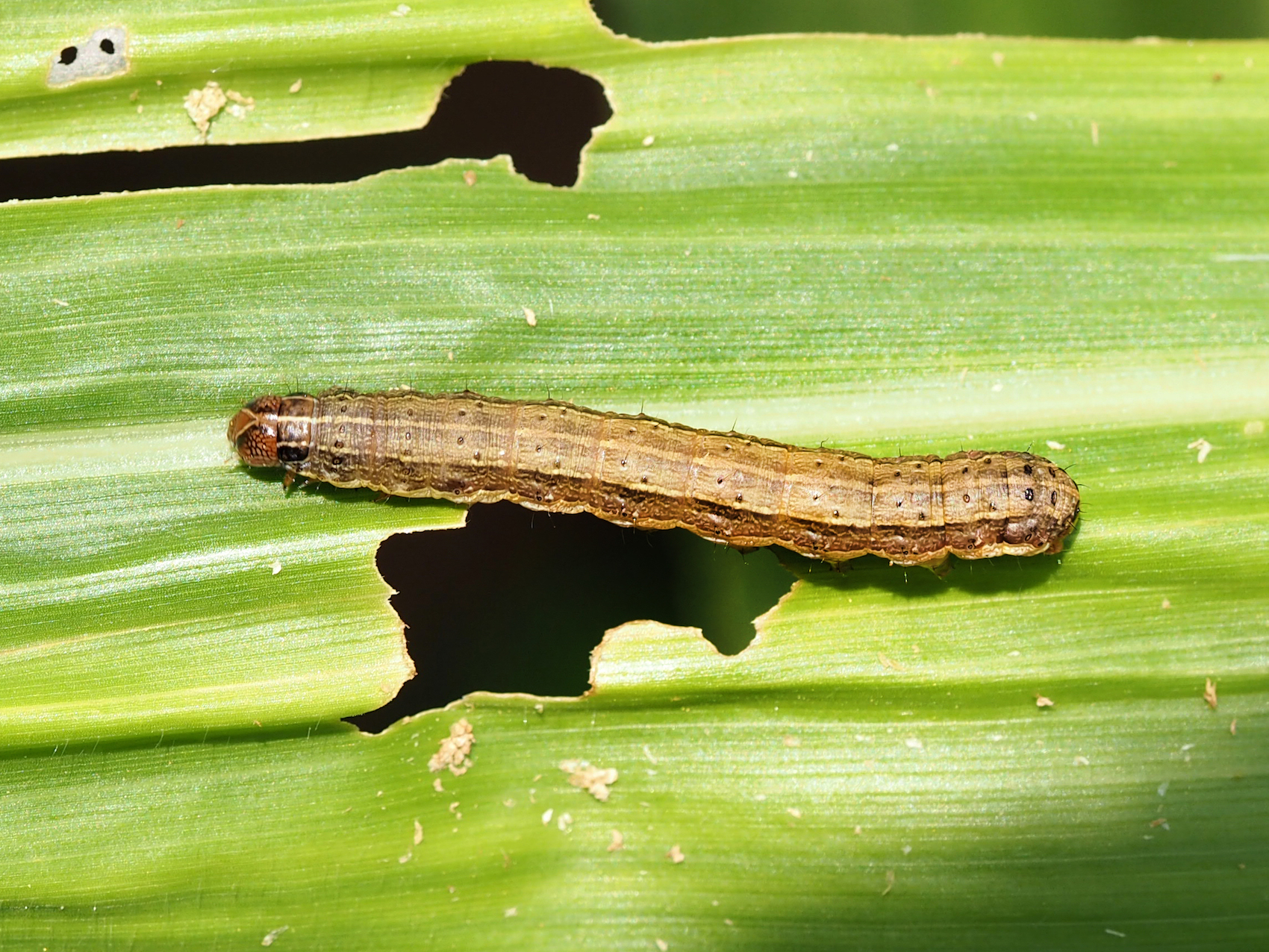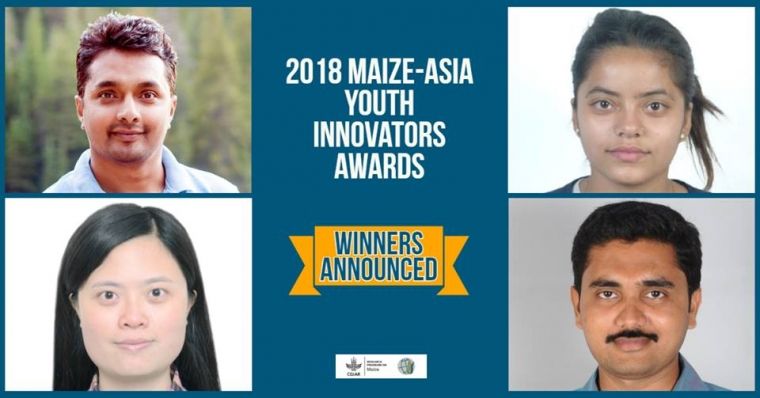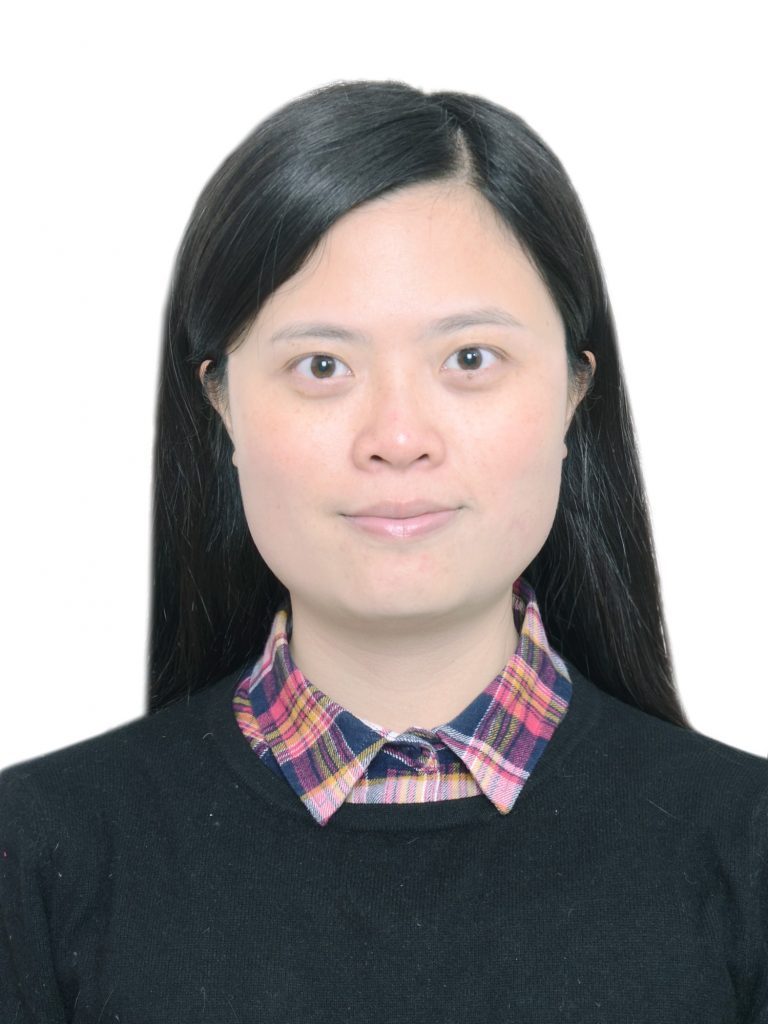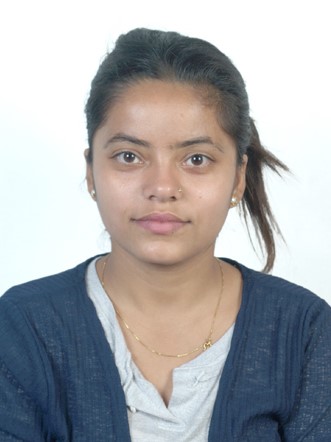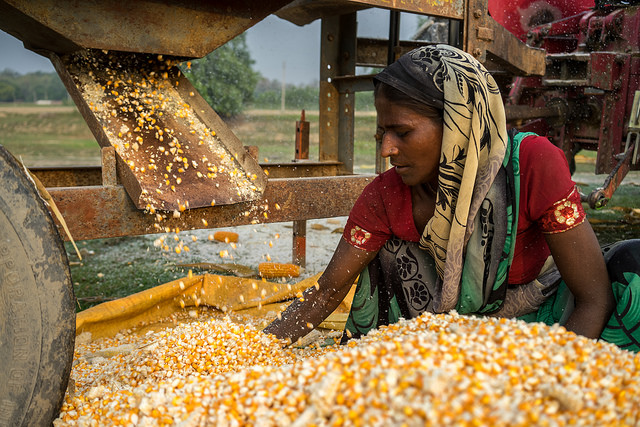Better together: Partnership around zinc maize improves nutrition in Guatemala
On World Food Day, October 16, the International Maize and Wheat Improvement Center (CIMMYT) joins the Food and Agriculture Organization of the United Nations and partners around the world in their call to realize Sustainable Development Goal 2: Zero Hunger by 2030. Learn how CIMMYT, HarvestPlus and Semilla Nueva are working together to use biofortified zinc-enriched maize to reduce malnutrition in Guatemala, an important component of Goal 2.
Over 46 percent of children under five in Guatemala suffer from chronic malnutrition. More than 40 percent of the country’s rural population is deficient in zinc, an essential micronutrient that plays a crucial role in pre-natal and post-natal development and is key to maintaining a healthy immune system. CIMMYT, HarvestPlus and Semilla Nueva are working together to change this, through the development and deployment of the world’s first biofortified zinc-enriched maize.
“In Latin America, Guatemala is among the top 3 countries with the highest rates of zinc and iron deficiencies, and it is characterized by a high production and consumption of staple foods such as maize and beans. This made Guatemala, along with Haiti, the top prioritized countries for biofortification in the region, according to the Biofortification Priority Index (BPI) for Latin America,” said Salomón Pérez, the HarvestPlus country coordinator for Guatemala. HarvestPlus developed the BPI in 2013 to select the countries, crops and micronutrients in which to focus their efforts in Latin America. The BPI combines three sub-indexes: production, consumption and micronutrient deficiency level. “As maize is a staple food in Guatemala, with high levels of consumption and production, the development of biofortified maize with enhanced zinc was prioritized for the country,” he said.
Biofortified maize is a unique and efficient way of improving nutrition. As the nutrients occur naturally in the plant, consumers do not have to make any behavioral changes to get results. Rather than having to import supplements or fortify food, seeds and crops are sourced within the country, which makes this option more sustainable and accessible even in remote rural areas. It tastes the same as non-biofortified maize varieties and requires no special preparation methods. This made biofortification the obvious choice for improving zinc deficiency in Guatemala, and CIMMYT the obvious partner.
“CIMMYT has over 50 years of experience in tropical maize breeding for different traits,” said Félix San Vicente, one of the CIMMYT maize breeders leading the project. “Throughout our history we have developed elite materials with important agronomic and nutritional traits, such as Quality Protein Maize (QPM).”
The long lineage of zinc maize
Developed by CIMMYT scientists Evangelina Villegas and Surinder Vasal, QPM has enhanced levels of lysine and tryptophan, essential amino acids, which can help reduce malnutrition in children. Villegas and Vasal would later go on to win the World Food Prize in 2000 for this groundbreaking work, and genetic variation found in QPM would serve as the baseline for developing zinc-enriched maize.
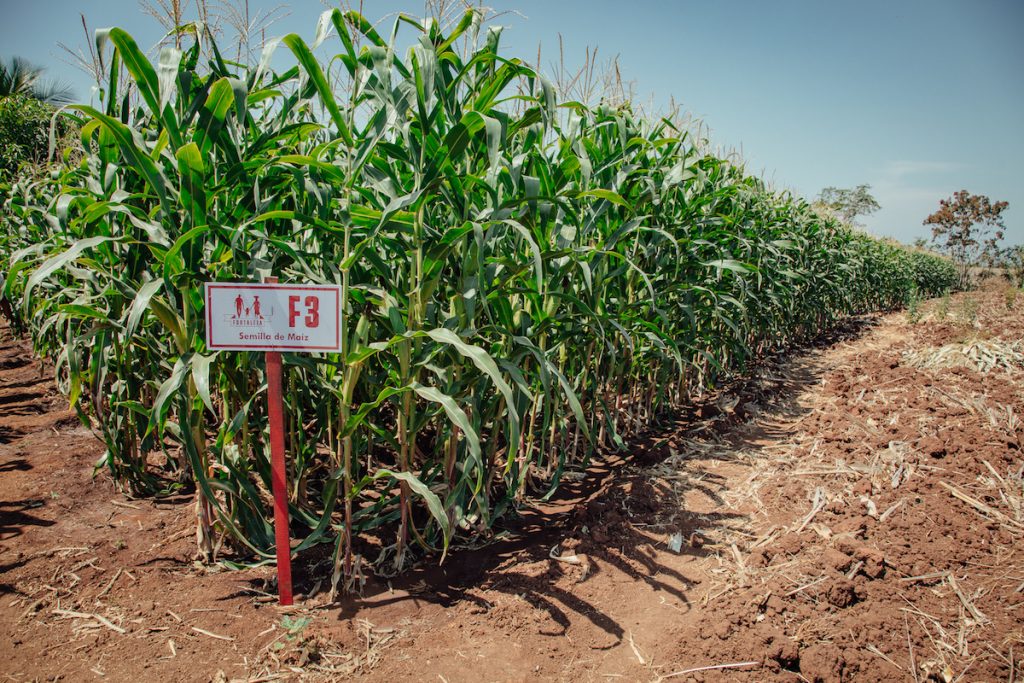
After years of breeding work and research, the world’s first biofortified zinc maize hybrid, ICTA HB-18, was released in Guatemala in May 2018. It was developed by CIMMYT, the CGIAR Research Programs on Maize (MAIZE) and Agriculture for Nutrition and Health (A4NH), and Guatemala’s Institute for Agricultural Science and Technology (ICTA) with support from HarvestPlus. Commercialized by Semilla Nueva under the name Fortaleza F3, the biofortified zinc maize hybrid contains 6-12ppm more zinc and 2.5 times more quality protein compared to conventional maize varieties. An open pollinated variety, ICTA B-15, was also released.
Just 100 grams of tortilla made of either of these varieties can provide 2.5 milligrams of zinc, 50 percent of the daily recommended intake for children, making zinc-enriched biofortified maize an excellent tool in the fight against malnutrition and hidden hunger.
As CIMMYT is a breeding organization, it depends on national partners to get seeds to the farmers. That is where Semilla Nueva comes in. This non-profit social enterprise is working to get high yielding biofortified seeds to farmers in Guatemala.
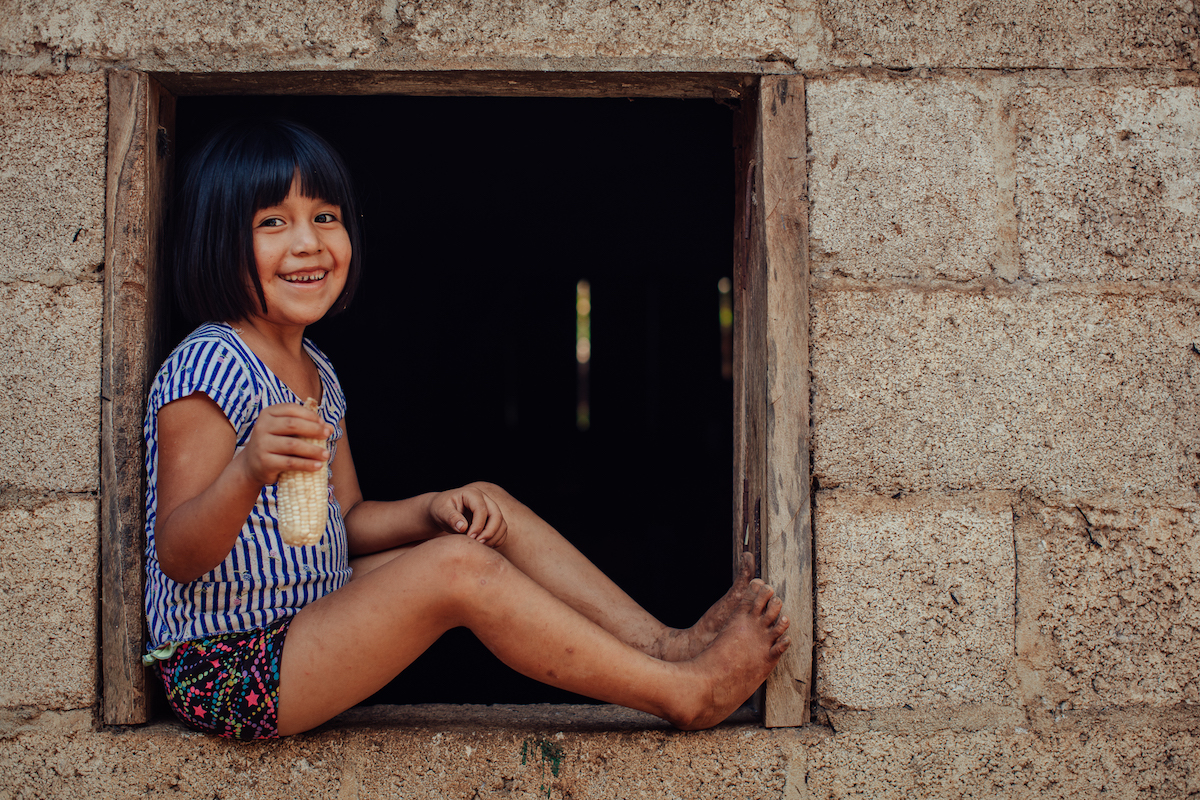
The last mile
“We need to be able to impact farmers with our improved germplasm,” said San Vicente. “Semilla Nueva takes us to the last mile, to the farmers, which alone we could not do, so that our breeding work can achieve impact in farmers’ fields and lives.”
Semilla Nueva targets commercial farmers in Guatemala, as they are the main source of maize consumed in the country. Typically, a quarter of their harvest is consumed at home and surplus is sold in local markets, meaning that the zinc maize not only provides increased income to farmers, but also improves nutrition in their families, communities and country at large.
“CIMMYT, along with partners like HarvestPlus, have provided the technologies and support to allow us to come up with new ways to improve farmers’ lives. Tapping into decades of research from qualified scientists is the only way that an organization of our size can have hope of making an impact in the lives of millions of farmers. That’s what makes the partnership so incredible,” said Curt Bowen, executive director and cofounder of Semilla Nueva. “We provide the innovative way to get technologies to farmers through our social enterprise model. CIMMYT and HarvestPlus come up with the technologies that we never could have come up with on our own. Together, we help thousands of families make huge changes in their lives and take on malnutrition, which is one of the world’s biggest challenges to ending global poverty.”
Semilla Nueva plans to produce 5,000 bags of Fortaleza F3 next year, which will represent 5 percent of the Guatemalan hybrid seed market.

“Farmers have responded very positively to Fortaleza F3. They are convinced of its performance, especially during the dry season,” said Angela Bastidas, senior operations director at Semilla Nueva. “The way we approach farmers is not different than other seed companies; through farm visits, meetings, or field days. We are not reinventing the wheel. The difference with us has been offering farmers exactly what they need in terms of maize performance and price. Additionally, they find that our maize produces soft tortillas that taste better!” she explained.
In the end, the results speak for themselves. Fortaleza F3 increases yields by 13 percent and profits by $164 per bag compared to other mid-priced seeds, which goes a long way in improving farming families’ livelihoods, food security and nutrition.
“With Fortaleza F3, I pay less for the seed compared to other mid-priced competitors that I used to plant. F3 also yields more, giving me a greater profit,” said Rómulo González, a farmer from the southern coast of Guatemala. “With the extra income I’ve gotten since switching to F3, I’ve been paying for my daughter to go to school. Fortaleza F3 not only gave me a good harvest, but also the ability to support my daughter’s education.”

